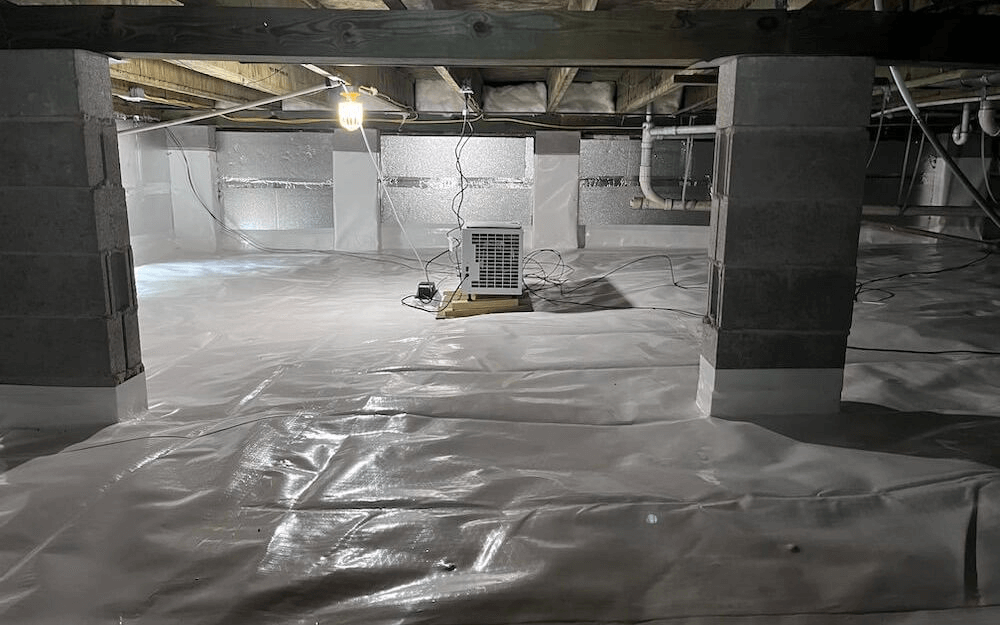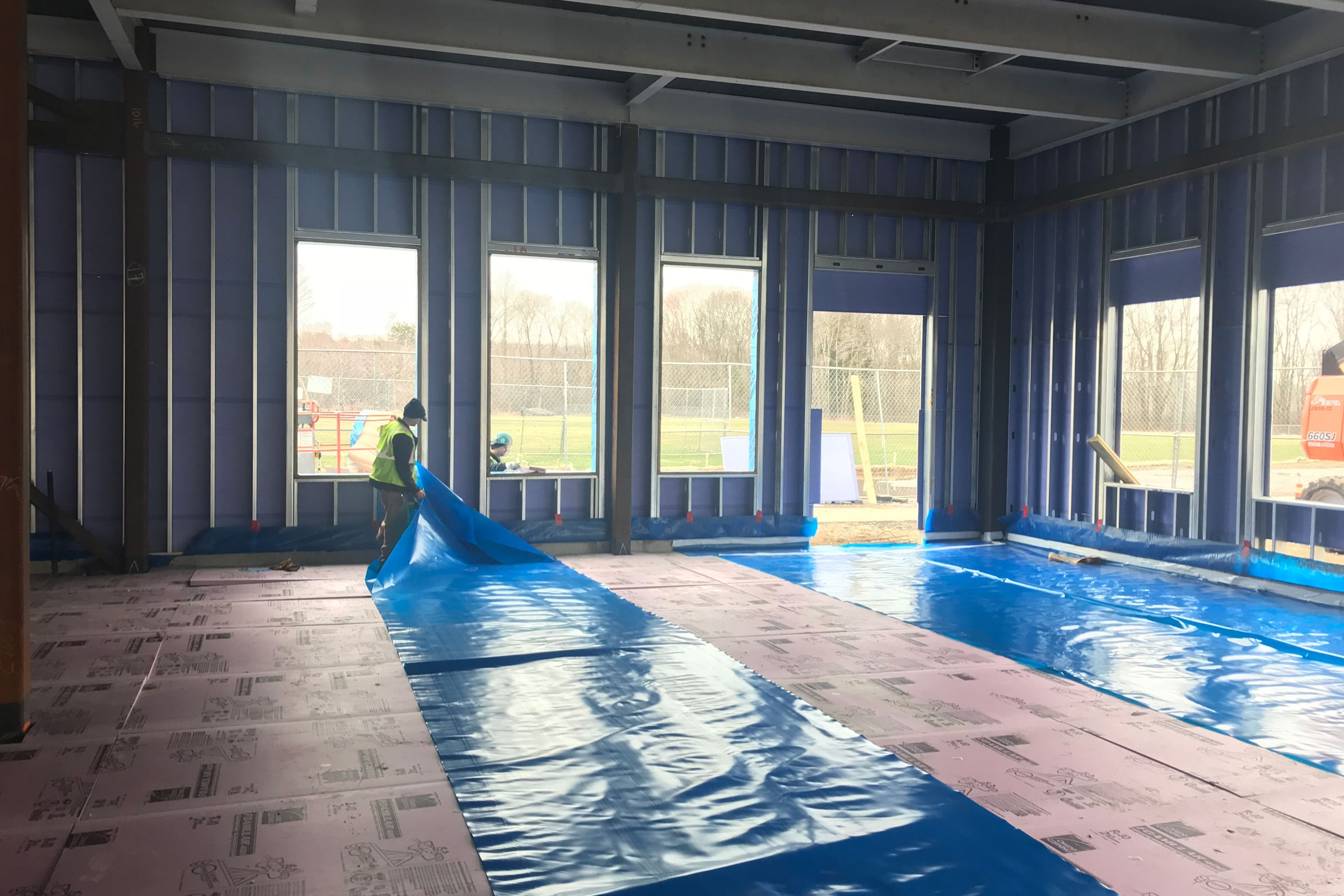
Proactive crawl space maintenance benefits the environment by reducing utility bills and ensuring better air quality. It also contributes to a healthy, energy-efficient household. Whether through hands-on inspections or professional fixes, prioritizing crawl space care ensures comfort throughout the year.
Maintaining a clean crawl space is crucial for homeownership, but is often overlooked. Neglecting it can lead to mold growth, pest infestations, and water damage, threatening the home’s structure and air quality. A methodical approach ensures a safe, comfortable sanctuary for family and property.
Whether it’s a first-time project or routine maintenance improvement, following the right strategies yields lasting benefits. For additional guidance or to guarantee the job is done right, trusted professionals like attic clean up specialists are equipped to handle deep crawl space cleaning and remediation, providing you with peace of mind and expert service.
Regular Inspections
Regular crawl space inspections are crucial for effective maintenance. A minimum of every six months is recommended to detect small problems before they escalate into costly issues.
Inspections should look for signs of water or moisture accumulation, mold growth, rodent or insect activity, and damaged support structures.
Even subtle changes can indicate pests. The EPA states that up to 40% of the air in living spaces can originate from crawl spaces, contaminating air and affecting allergies and overall wellness. Regular inspections safeguard not only the home’s integrity but also the entire family’s health.
Moisture Control
Moisture is the primary cause of crawl space problems, causing structural decay, mold growth, and pest issues. To prevent these issues, a multi-pronged defense is needed. First, install a vapor barrier using thick polyethylene sheets to prevent ground moisture from seeping up.
Second, maintain proper drainage by ensuring gutters and downspouts are free of blockages and positioned to lead water away from the home’s base. Adjust the landscaping’s grade if the lot is prone to pooling water.
Finally, install a dedicated crawl space dehumidifier to remove excess moisture, ensuring wood and insulation remain dry and resistant to rot or fungal growth. These moisture control techniques defend against common and expensive crawl space issues, resulting in a safer, stronger foundation and improved indoor air quality.
Pest Prevention
Pest infestations in crawl spaces are a significant threat due to their shelter, food sources, and easy access. To prevent infestations, seal entry points, remove debris, and install vent covers.
Regularly inspect vents, exterior walls, and penetrations for cracks or gaps, using caulking, mesh wire, or expandable foam. Avoid storing firewood, cardboard, plant matter, or construction scraps under your home, as these attract pests. Fit sturdy mesh or metal screens over vents for ventilation.
Late pest prevention requires vigilance and a tidy environment, with early signs of droppings, gnaw marks, or nests triggering swift action.
Insulation and Energy Efficiency

Insulating crawl spaces is essential for a more energy-efficient and comfortable home environment. Uninsulated spaces can cause heat loss and gain, increasing utility bills and making indoor temperatures difficult to regulate.
Spray foam insulation is a moisture-resistant barrier that improves energy retention and discourages mold formation.
Rigid foam boards, made of extruded polystyrene, resist mold and moisture and are cost-effective for insulation and waterproofing. Fiberglass batts are best applied in consistently dry spaces, but should be upgraded for damp spaces. The right insulation depends on the home’s climate, crawl space condition, and desired efficiency.
When to Seek Professional Help
Homeowners should seek professional help for crawl space issues such as widespread mold growth, structural damage, and uncontrollable water intrusion. Mold growth can be hazardous to respiratory health, and certified mold professionals use specialized techniques to address heavy growth.
Structural damage, such as sagging beams or warped joists, requires evaluation and repairs by experienced contractors. Uncontrollable water intrusion can be more serious, and waterproofing specialists can design permanent solutions to prevent future flooding. Enlisting experienced contractors ensures that repairs and upgrades follow building codes and industry best practices, resulting in fewer complications and higher home value.
Regular crawl space cleanup can lead to cleaner air, stronger structures, improved comfort, and reduced monthly bills. If routine care is insufficient, contact proven attic clean up and crawl space cleanup professionals to ensure your home remains safe, healthy, and valuable.
Brendon Mitchell
Related posts
Stay connected
Today's pick
- Seasonal Home Maintenance Checklist | Complete GuideA well-maintained home isn’t just about aesthetics – it’s about creating a comfortable, efficient living space that protects your investment and keeps your family safe. Regular seasonal maintenance prevents small issues from becoming expensive problems and ensures your home systems run smoothly year-round. Whether you’re... The post Seasonal Home Maintenance Checklist | Complete Guide appeared […]
